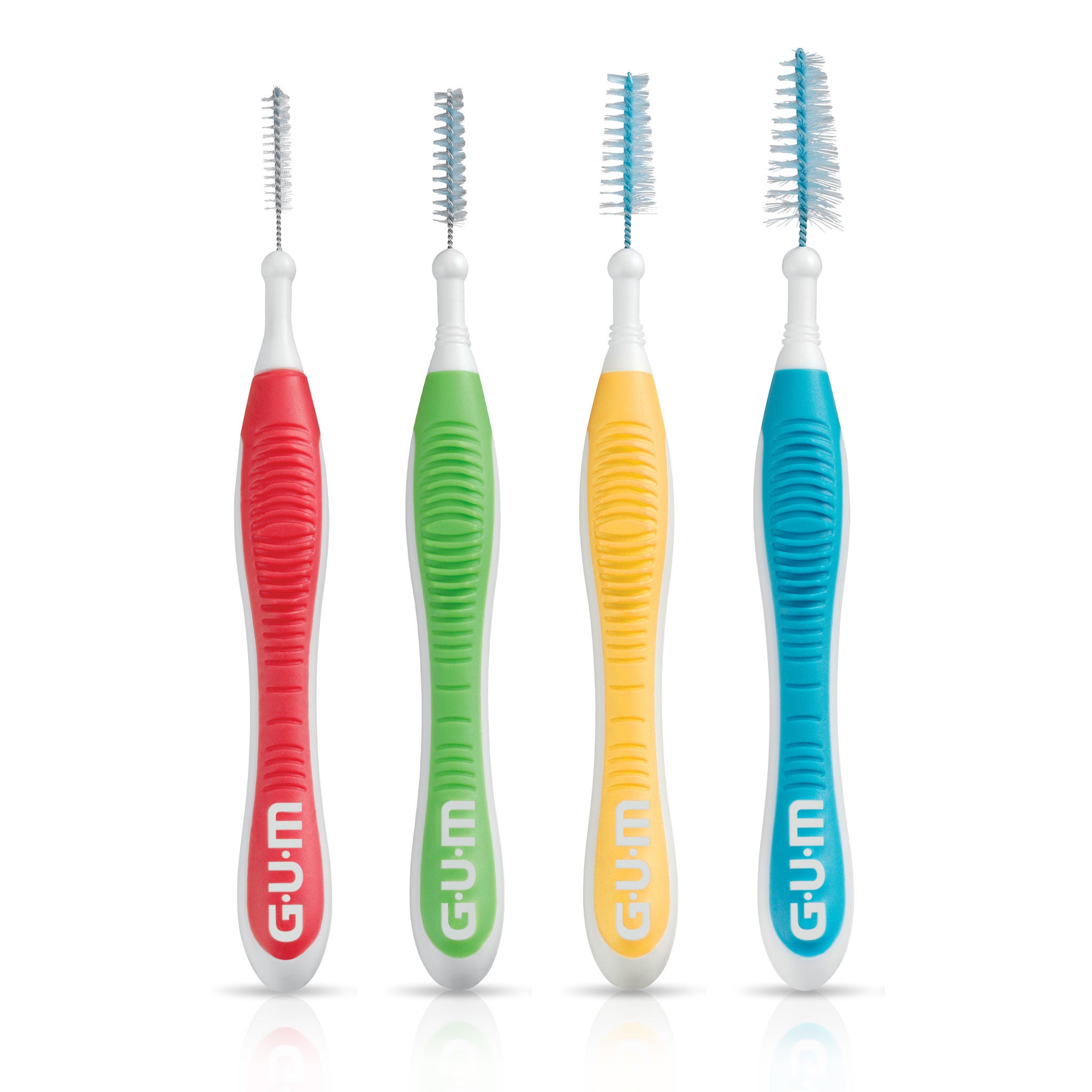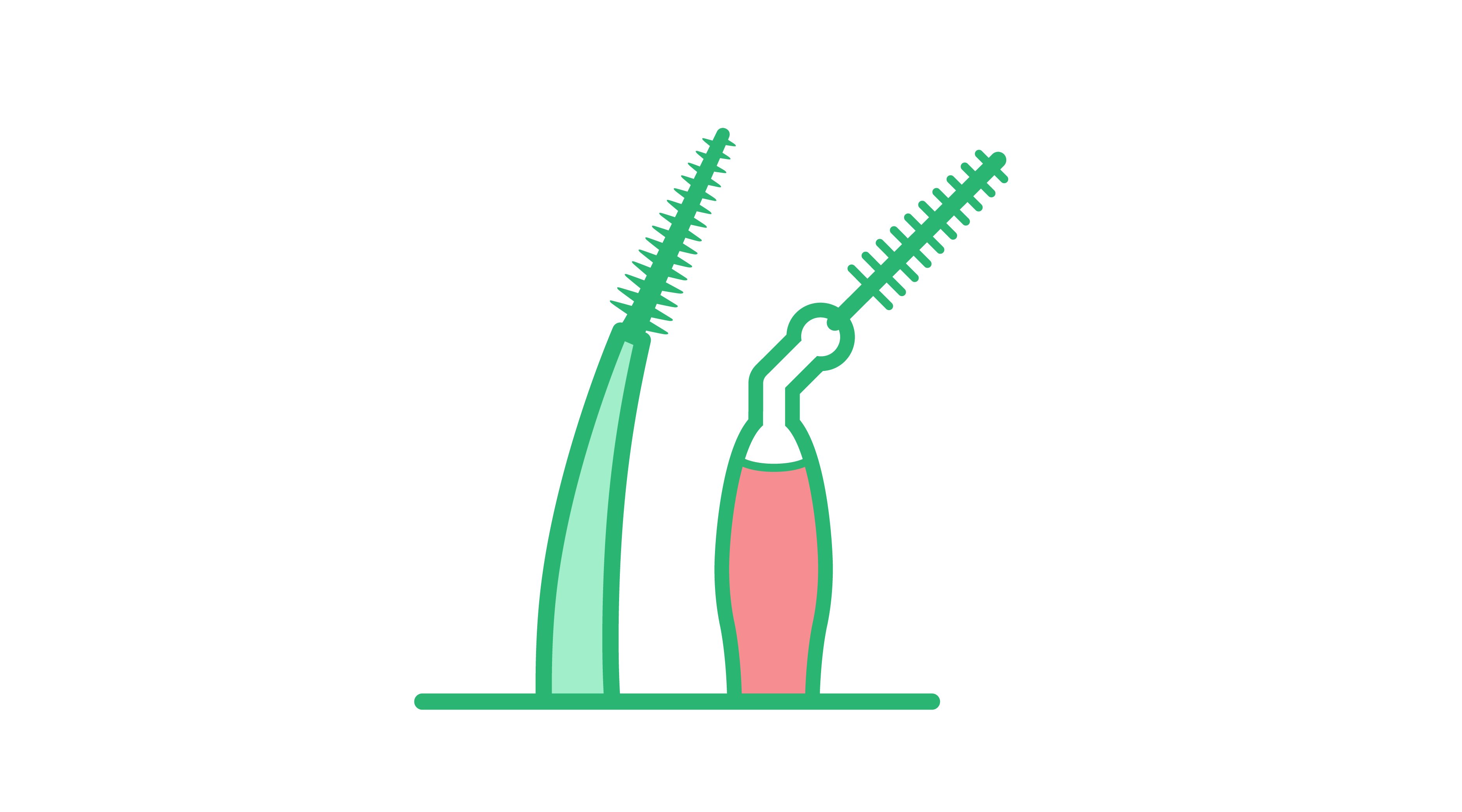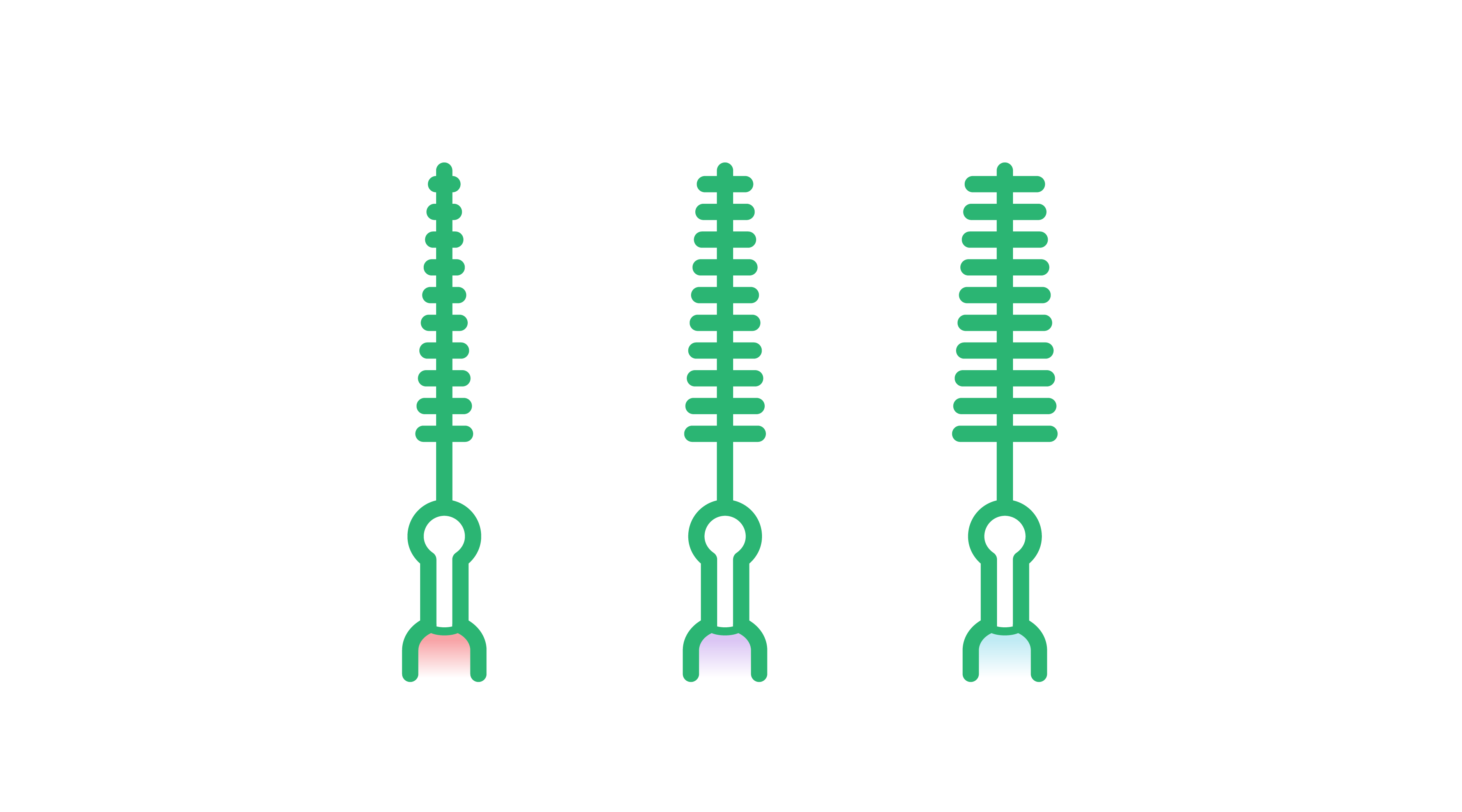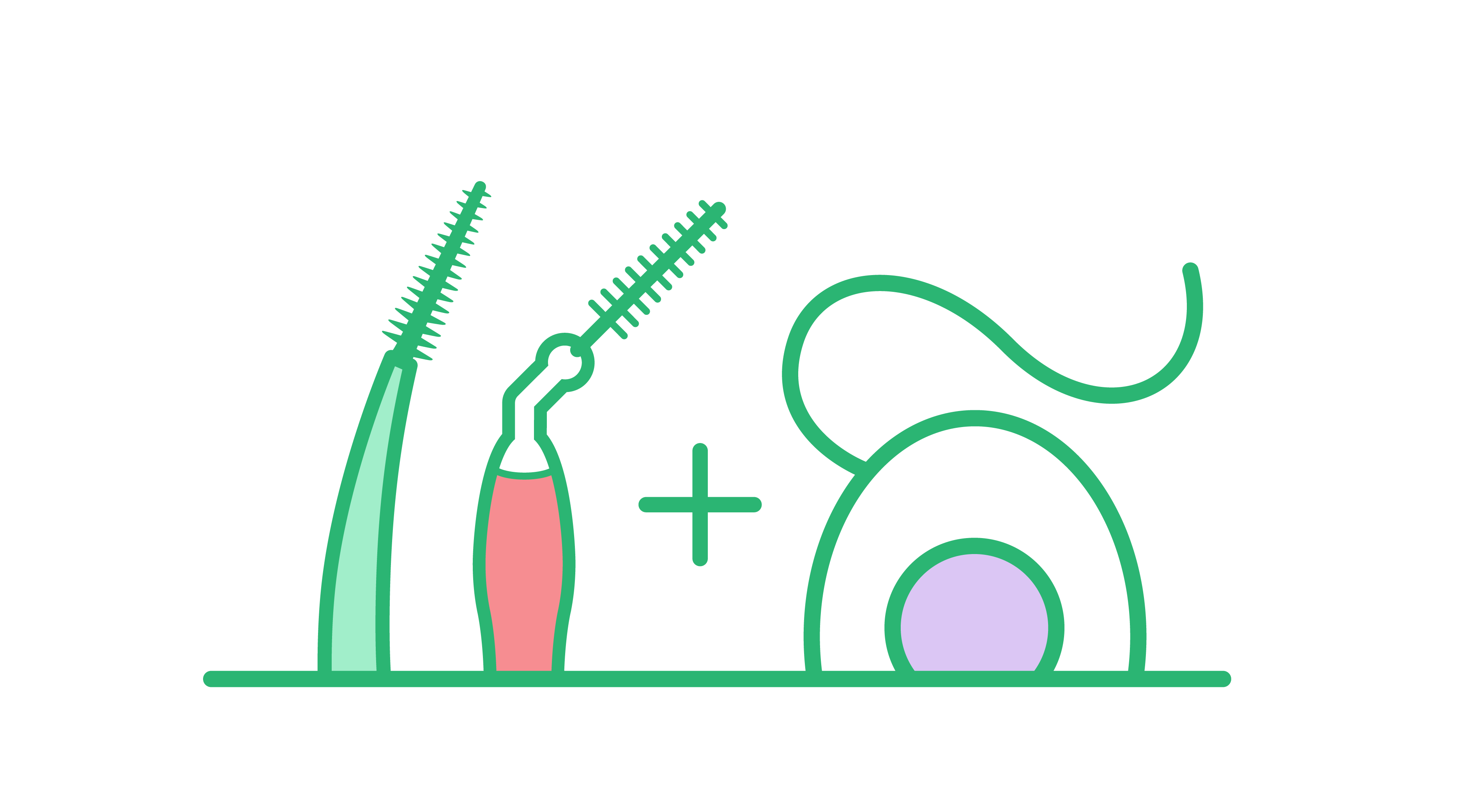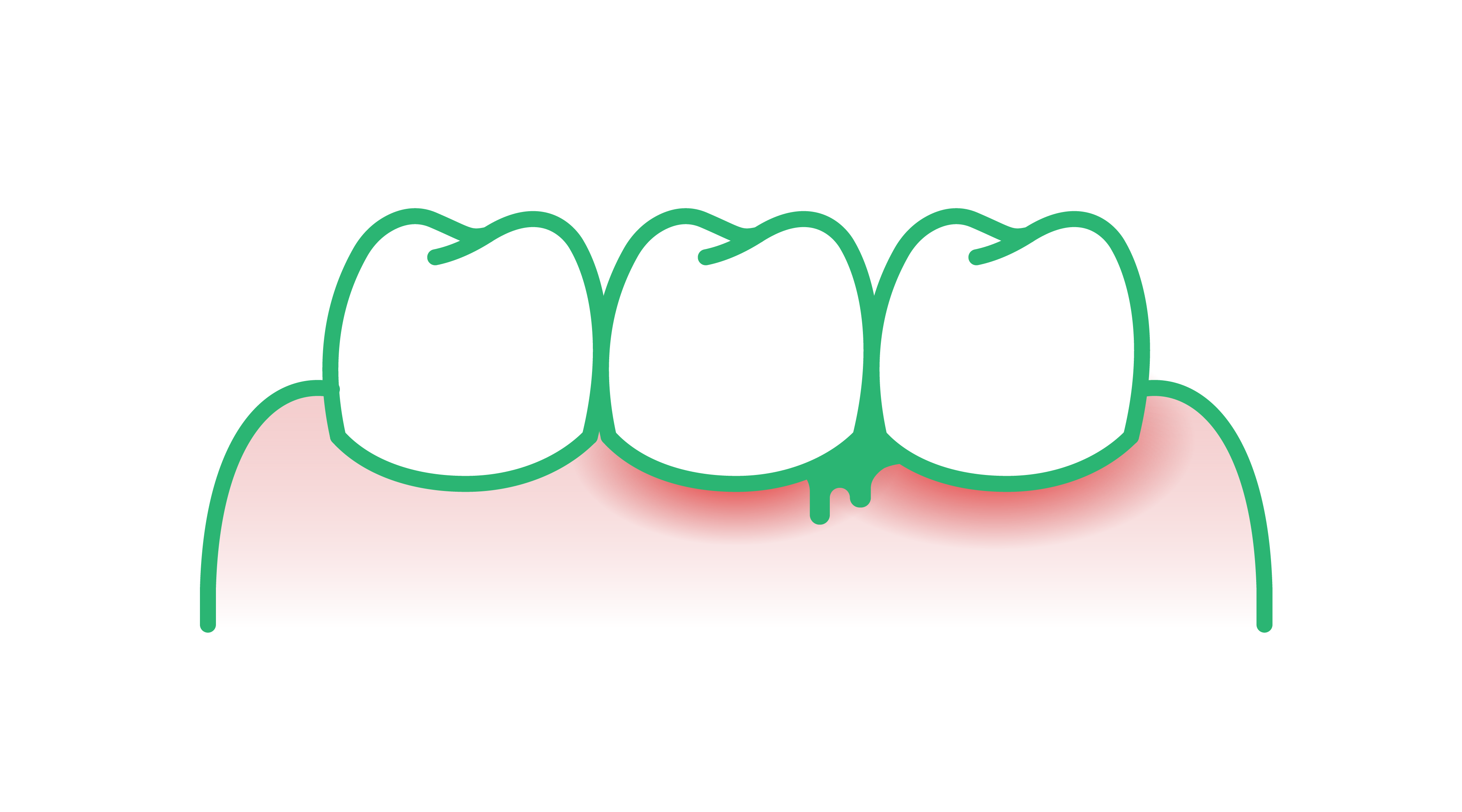How to Clean Between your Teeth for Better Health
Cleaning between your teeth is important for your oral and overall health. Did you know that your teeth have five surfaces which all need cleaning?

Although a toothbrush can remove plaque from most surfaces, it cannot reach between your teeth where food debris and plaque accumulate. This is why interdental cleaning along with toothbrushing is so important – it’s the only way to remove plaque from all tooth surfaces.
Gingivitis affects up to 90% of the world’s population and is caused by plaque build-up. If left to accumulate, plaque can damage your gums and teeth, causing inflammation, bleeding, dentinal sensitivity and decay, and potentially lead to general health issues.
Want to master interdental cleaning and care for your oral and general health? Watch our video to perfect your technique and follow our tips for a healthy mouth, smile and body. We can all benefit from following the basics of oral care, but we also have different needs that require professional care. This is why you should visit your dental professional twice a year for personalized care and professional cleaning.
Wondering how best to clean between your teeth? Watch our video:
A FEW THINGS you may be wondering about:



